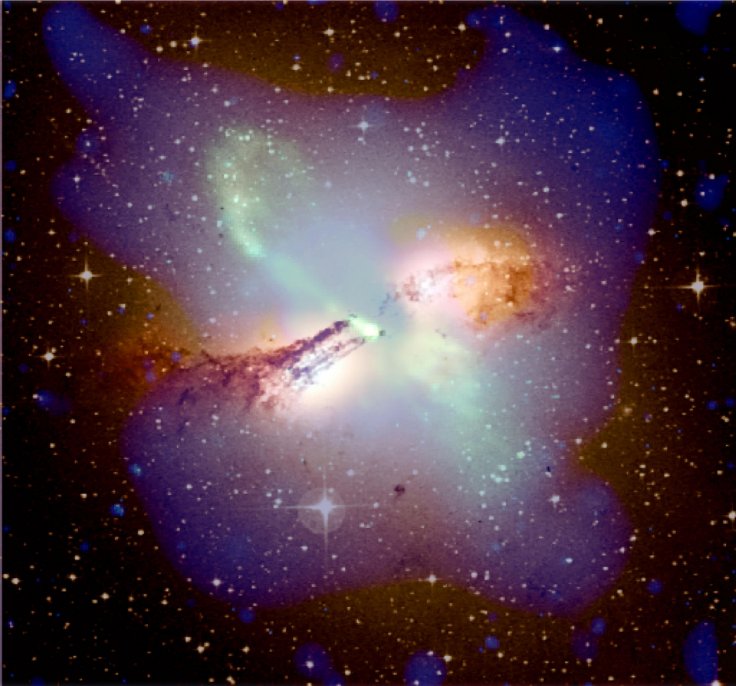
Experts believe that there is a super massive black hole named Sagittarius A* which resides in the center of our galaxy. Even though humans cannot see it, scientific observations carried out over many years have already proved the existence of this dark cosmic entity. In this mind-boggling neighborhood, where most of the current laws are defied, scientists have now detected a gigantic ring of cool gas circling around this super massive black hole with the help of ALMA observatory.
The new research report which is now published in journal Nature reveals that this gigantic ring of cool gas has never been detected before. Even though scientists describe this ring of gas cool, it is not that cool as we expect. This ring of gas is incredibly hot at around 18,000 degrees Fahrenheit, but this temperature is considered low when compared to the usual temperature of gas bands surrounding black holes which usually measure 8 million degrees Fahrenheit.
Even though scientists have confirmed the presence of this ring of gas, they are still unclear about the origin of these gases, as well as the dust and other debris in the accretion disk. Scientists are now apparently planning to learn more about this region of Sagittarius A*, so that more secrets about this black hole will be unveiled soon.
"We were the first to image this elusive disk and study its rotation. We are also probing accretion onto the black hole. This is important because this is our closest supermassive black hole. Even so, we still have no good understanding of how its accretion works. We hope these new ALMA observations will help the black hole give up some of its secrets," said Elena Murchikova, an astrophysicist at the Institute for Advanced Study in Princeton and the lead author of the study in a recent statement.
A few weeks ago, Louise Riofrio, a former NASA scientist had claimed that there could be one blackhole present at the center of the earth. Riofrio made these comments while talking to Blake cousins, a conspiracy theorist duo who runs the YouTube channel 'Third Phase of Moon'.









